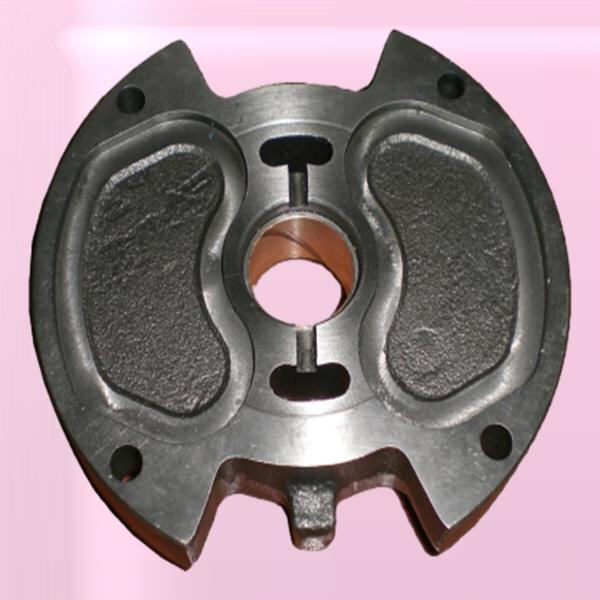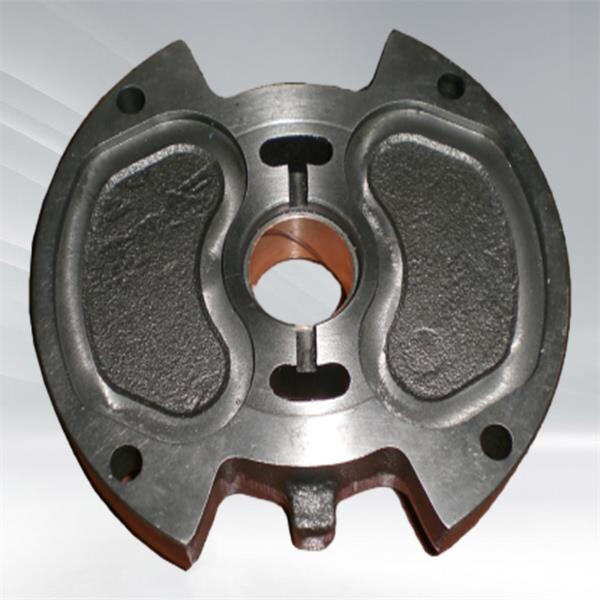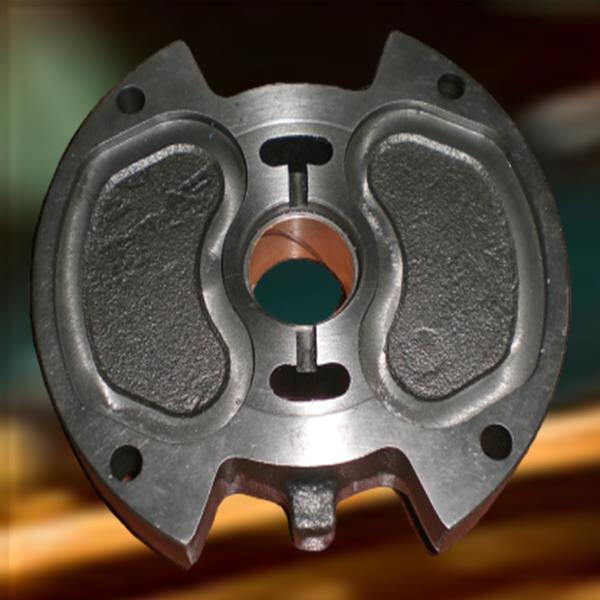October 1, 2023 Сода силикатный песок в литейный процесс Технология Создание песок с улучшенным формовка качества. This technique employs a special form of sand, which is compounded with water and sodium silicate, to create molds for the production of metallic parts. Read on to find out more about the working of Sodium Silicate Sand Casting and also why it is so much in demand today.
Sodium silicate sand casting process for metal parts It does that by pouring hot melted metal into a mold consisting of sand and sodium silicate. This blend creates a robust mold that withstands the melted metal's heat without cracking. The sodium silicate binds the sand particles together so that the mold holds its shape until the metal cools and solidifies.
The most important thing about sand casting using sodium silicate is that the technology is cheap and fast to produce metallic details. This is an easy process, which is why it works well for mass-producing many items in factories — such as car and airplane factories. Another advantage of using sodium silicate molds is that they are smooth, which makes post-pour work less of a chore.
First, the sand and sodium silicate is mixed to create Sodium Silicate Sand Casting mold. When the mold is prepared, we then fill it with hot metal and allow it to cool. Once the metal has cured we take the mold apart revealing the metal component within it. That piece can then be cleaned up and finished and used.

Sodium Silicate Sand Casting is an industrial process to manufacture metal parts in various shapes and sizes. Most of all, steel is used in the car industry for the production of engine and other metal parts. Also used to manufacture parts for passenger planes. It can be applied to making anything from small to large, complex parts.

Sodium Silicate Sand Casting is an inexpensive and fast method for making metal parts, which is also an excellent aspect of the process. It is user-friendly and is best for bulk production. Another positive of the molds created using sodium silicate is that the finish is quite smooth, meaning less work to do later.

However, Sodium Silicate Sand Casting Benefits Do Have Some Disadvantages. The upside is the molds can break down, but this poses a problem under certain conditions.` This leads to defects of the metal components generating waste. Sodium silicate molds can be difficult to handle and transport, since they can absorb moisture and be rendered useless if they are not properly stored.
We Sodium Silicate Sand Casting our casting factory, achieving the integration of production and trading. Our quality and prices are higher than 90% of manufacturers in the market. We eliminate the middleman and we are able to offer competitive prices and better quality products directly from our factory to our customers.
Our Sodium Silicate Sand Casting customer support Sodium Silicate Sand Casting assures that all queries are addressed within one hour quotes are given within six hours and customized solutions are provided within 12 hours We can respond promptly and efficiently to our clients regardless of where they are located or how they contact us
Our production lines are automated, CNC machining centers, and surface treatment workshops that work together to provide technical assistance to support mass production. We have the capability to meet requirements of any Sodium Silicate Sand Casting while maintaining production standards.
More than 100 customers have been helped by us, with fast precise and Sodium Silicate Sand Casting. If you're looking for full customization or design-based customization we are able to meet a variety of customer needs. Our knowledge and experience guarantee that every customized project will meet the requirements of the client.

